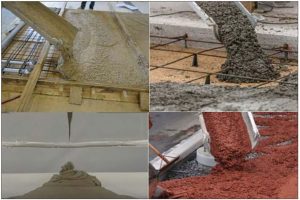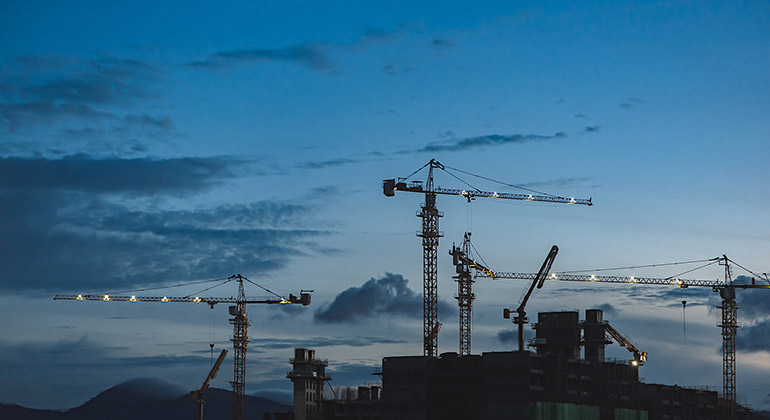Concrete is one of the most versatile construction materials, capable of taking many different forms tailored to specific uses and design requirements. While traditional concrete mixtures are suitable for general construction purposes, specialized mixes have been developed to provide enhanced characteristics like increased strength, lighter weight, or easier placement. Let’s explore some of the most common alternative concrete mixes and their unique properties and applications.
High-Strength Concrete
As the name implies, high-strength concrete has a greater compressive strength compared to standard-grade mixes. Additional cement is used along with low water content to produce concrete capable of handling heavier loads and demanding conditions. High-strength mixes may achieve compressive strengths anywhere from 4,000 to over 10,000 pounds per square inch (psi).
Due to its robust durability, high-strength concrete is well-suited for use in tall buildings, bridge decks, parking garages, warehouse floors that support heavy machinery, and other structures requiring extra load-bearing capacity. It allows for thinner, more elegantly-designed structures without sacrificing strength or integrity. While higher cement content raises material costs, less concrete is required compared to standard mixes, balancing out expenses. Proper mixing, placement and curing is critical to ensure high-strength concrete meets its design specifications.

Lightweight Concrete
As the name implies, lightweight concrete is formulated to have a lower density than regular concrete through the use of lightweight aggregates or the addition of air during mixing. Aggregates like expanded shale, clay or slag replace some of the normal crushed stone and provide up to 50% reduction in weight while maintaining reasonable compressive strength.
The lighter weight makes this concrete type suitable for multi-story construction where weight savings in floor and roof slabs is important. It’s also commonly used in precast panels and roof decking applications. Other benefits include easier transportation and installation, reduced foundation requirements, and decreased dead load on support structures. However, lightweight concrete typically has lower ultimate strength and is more expensive than standard-weight mixes.
Self-Consolidating Concrete
Self-consolidating concrete, also called self-leveling or flowable concrete, is engineered with a high fluidity that allows it to flow and spread easily under its own weight without requiring mechanical vibration for consolidation. Coarser aggregate and higher paste content, along with viscosity-modifying admixtures, give the mix its flowing properties.
This no-vibration placement approach facilitates concrete placement in areas with congested reinforcing or where access with traditional placement equipment is limited. It’s useful in precast/prestressed plants for efficient production as well as for cast-in-place construction like complex architectural toppings and overlay projects. Self-consolidating concrete provides excellent placement, but is usually more expensive than equivalent vibrated concrete. Careful mix proportioning and control is also crucial for maintaining shape and form without segregation of materials.
As concrete technology continues advancing, specialized mixes will undoubtedly be developed to further push the capabilities and applications for this remarkable construction material. Proper selection of concrete type depends on the demands and constraints of individual projects. With a fundamental understanding of mix characteristics, contractors and engineers can make informed choices to best serve structural design needs.


